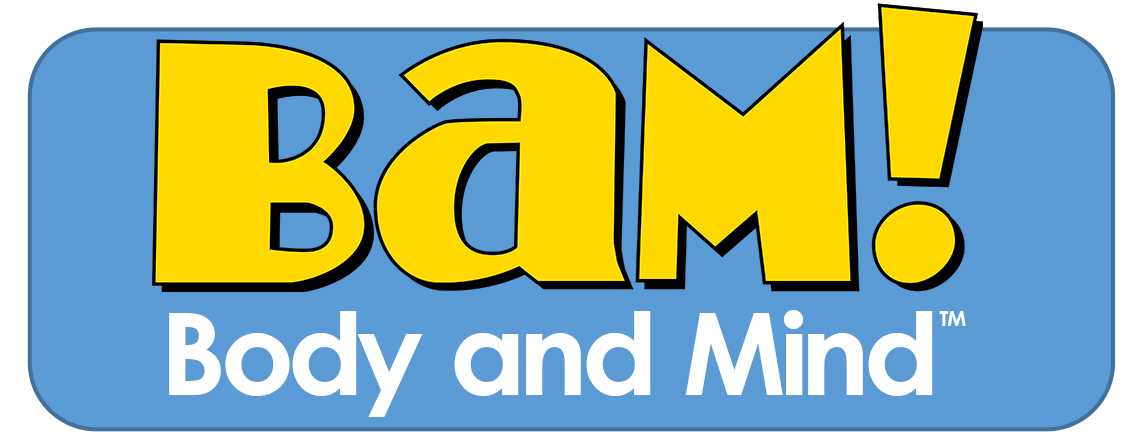Epilepsy in Schools
Epilepsy Facts

Epilepsy is a common disorder of the brain that causes recurring seizures. Epilepsy affects people of all ages, but children and older adults are more likely to have epilepsy. Seizures are the main sign of epilepsy and most people can control this with treatment. Some seizures can look like staring spells while other seizures can cause a person to collapse, stiffen or shake, and become unaware of what’s going on around them. Many times the cause is unknown.
About 0.6% of children ages 0-17 years have epilepsy in the United States. 2 That is about 460,000 children in 2013.1 Picture a school with 1,000 students—that means about 6 students would have epilepsy. For many children, epilepsy is easily controlled with medication and they can do what all the other kids can do, and perform as well academically. For others, it can be more challenging.
Compared with students with other health concerns, a CDC study shows that students aged 6–17 years with epilepsy were more likely to miss 11 or more days of school in the past year. Also, students with epilepsy were more likely to have difficulties in school, use special education services, and have activity limitations such as less participation in sports or clubs compared with students with other medical conditions. CDC also found that a larger percentage of children with epilepsy than those without the disorder lived in very low income households (below 200% of the federal poverty level). This suggests other unmet needs for families of children with epilepsy.3
Managing Epilepsy at School

Visit the CDC Seizure First Aid Web site for information on how to help someone during or after a seizure.
Managing epilepsy while at school may involve:
- Educating the school nurse, teachers, staff, and students about epilepsy and its treatment, seizure first aid, and possible stigma associated with epilepsy.
- Following the seizure action plan and administering first aid (including the use of rescue medications).
- Understanding the importance of medication adherence and supporting students who take daily medications.
- Helping students avoid seizure triggers, such as flashing lights, or other triggers identified in the seizure action plan.
- Monitoring and addressing any related medical conditions, including mental health concerns such as depression.
- Providing case management services for students whose medical condition disrupts their school attendance or academic performance.
- Referring students with uncontrolled seizures to medical services within the community or to the Epilepsy Foundation for more information.
- Understanding the laws related to disability, medical conditions, and special education to ensure that children with epilepsy are able to access the free and appropriate education afforded to them under the law.
- Monitoring student behavior to prevent bullying of students with epilepsy.
What is a Seizure Action Plan?
A Seizure Action Plan contains the essential information school staff may need to know in order to help a student who has seizures. It includes information on first aid, parent and health care provider contacts, and medications specifically for that child. Seizure Action Plans are an important tool that help parents and schools partner to keep children safe and healthy during the school day.
See an example of a Seizure Action Plan [PDF – 266 KB] from the Epilepsy Foundation.
Resources
For professionals
Epilepsy Foundation – Managing Students with Seizures for School Nurses
Epilepsy Foundation – Seizure Training for School Personnel
Epilepsy Foundation – Seizure Training for Child Care Personnel
School Health Profiles and Practices Brief: Epilepsy and Seizure Disorders
For Students and Families
CDC – You Are Not Alone Parent Toolkit
Epilepsy Foundation – Take Charge of the Storm for middle school students
Epilepsy Foundation – Take Charge of the Facts for high school students
References
- US Census Bureau, Population Division [database online]. Annual estimates of the resident population by sex, age, race, and Hispanic origin for the United States, States, and Counties: April 1, 2010, to July 1, 2013. Release Date: June 2014. https://www.census.gov/popest/data/national/asrh/2013/index.html. Accessed February 2, 2015.
- Russ SA, Larson K, Halfon N. A national profile of childhood epilepsy and seizure disorder. Pediatrics 2012;129:256–64. DOI: 10.1542/peds.2010-1371.
- Pastor PN, Reuben CA, Kobau R, Helmers SL, Lukacs S. Functional difficulties and school limitations of children with epilepsy: findings from the 2009–2010 National Survey of Children with Special Health Care Needs. Disabil Health J. 2015. DOI: 10.1016/j.dhjo.2014.09.002.
- Page last reviewed: May 9, 2017
- Page last updated: May 9, 2017
- Content source:



 ShareCompartir
ShareCompartir